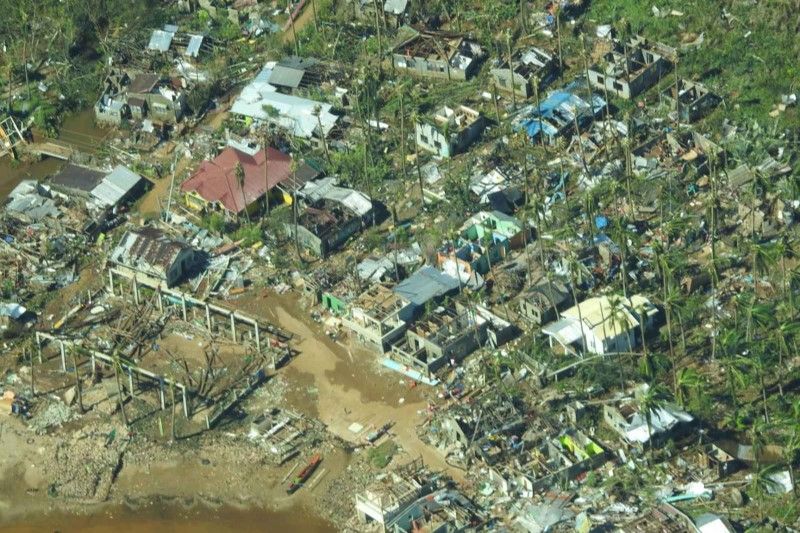We were shocked when Typhoon Rai (known locally as Odette) hit large parts of the southeastern islands of the Philippines last December. Coastal areas were ripped to shreds, and hundreds of people were killed, including several on Dinagat Island located on the south-eastern part of Philippines.
PTES project leader Jay Fidelino has been waiting for two years to get to Dinagat Island, to start his research. PTES is funding Jay to help moonrats and hairy-tailed rats survive on the island. These animals are endemic to Dinagat – they’re found nowhere else on earth. They’re threatened by mining activities which are devastating much of the island’s habitat.
Luckily the local government is planning to introduce legislation to protect key areas which are home to endemic species because Dinagat is unique even within the Philippine archipelago – a global biodiversity hotspot. All they need is the evidence that Jay and his team will collect. But first covid and now the typhoon mean that Jay’s fieldwork has been hit by delays and devastation.
Winds of 121mph hit the islands two weeks before Christmas. It was one of the first provinces to be lashed by the typhoon’s ferocious winds. Almost 95% of homes lost their roofs, even the evacuation centres were destroyed. Whilst the Philippines is used to storms, this was the strongest to hit the country last year. Hundreds of thousands of people had to be evacuated as torrential rains, violent winds, floods and storm surges hit the country.
While storms typically make landfall in the southern parts of Luzon in the north or the eastern part of the Visayas, Rai struck regions further south, which do not typically experience the brunt of typhoons. It also intensified exceptionally quickly, in a matter of hours. It will take a huge efforts to counter the damage, restore towns and villages and rebuild peoples’ lives.
We really hope the communities and wildlife of the region can recover in the coming months. Jay will get to Dinagat when it’s possible and assess the damage. We hope to report better news in the near future.
Header image of Cebu City, credit Wikipedia Commons


